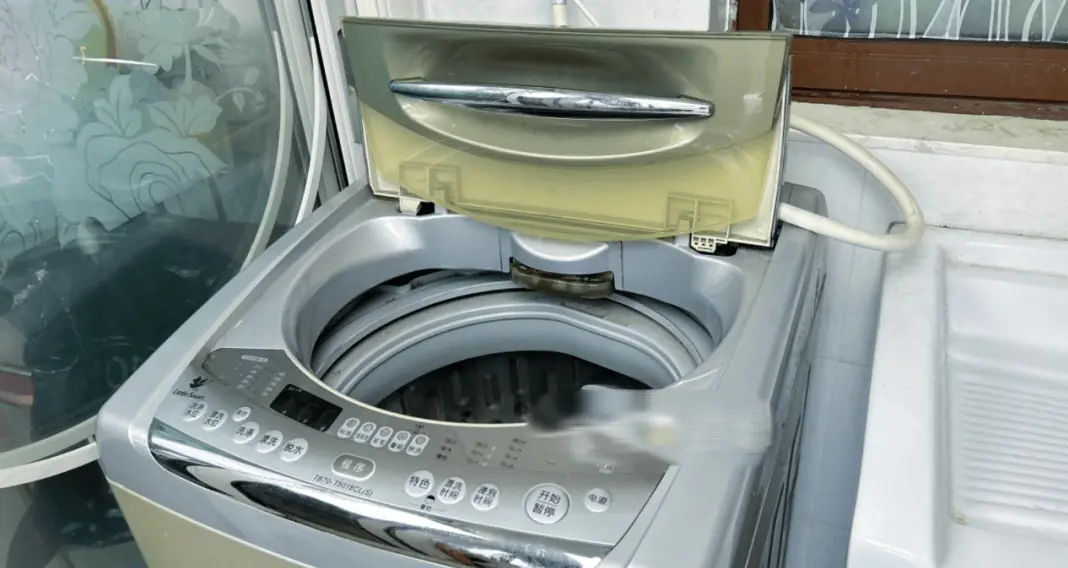
3 Common Yet Har.mful Ways People Store Bean Sprouts — Convenient but Nutrient-Depleting and Risky to Health
3 Common Yet Har.mful Ways People Store Bean Sprouts — Convenient but Nutrient-Depleting and Risky to Health
These three popular methods of storing bean sprouts may seem convenient but can actually cause the sprouts to spoil quickly, lose nutrients, and even pose health risks. Alarmingly, they’re still commonly used by many seasoned home cooks.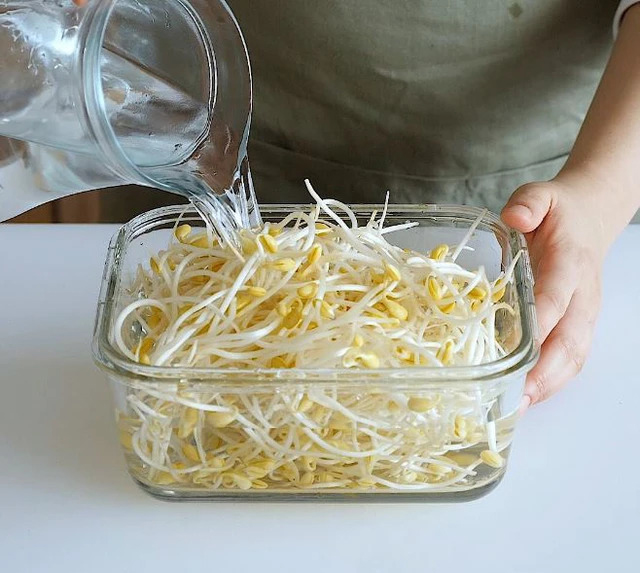
Bean sprouts are a familiar, inexpensive ingredient packed with nutrients like vitamin C, B vitamins, potassium, and folate. However, if stored improperly, this delicate vegetable can spoil quickly and become a breeding ground for bacteria—posing serious health threats to you and your family.
3 Harmful Mistakes When Storing Bean Sprouts, According to Nutritionist Ayumi Wakan (Japan):
1. Cutting Off the Roots Before Storage
Many people cut off the roots of bean sprouts as soon as they get home, thinking it looks cleaner and helps preserve freshness. However, this actually makes the sprouts wilt faster, lose their crunch, and deplete essential nutrients. The roots help retain moisture and fiber. Removing them too soon causes the sprouts to dry out and spoil quickly, increasing bacterial growth.
Expert Tip: Leave the roots intact when storing. Only remove them right before cooking to maintain the crunch, sweetness, and nutritional value of the sprouts.
2. Sealing Sprouts Tightly in Plastic Bags in the Fridge
Storing bean sprouts in tightly sealed plastic bags is a common but dangerous mistake. Bean sprouts contain a high water content, and when sealed airtight, condensation builds up—creating a humid environment that accelerates bacterial growth. This causes the sprouts to become soggy, slimy, and smelly.
Ayumi Wakan recommends letting bean sprouts “breathe.” You can:
-
Poke a few small holes in the plastic bag,
-
Use a container with a loosely closed lid,
-
Or better yet, wrap the sprouts in a dry paper towel before placing them in a zip-lock bag or container.
The paper towel absorbs moisture and helps preserve both freshness and nutrients.
3. Soaking Bean Sprouts in Water for Too Long
Many people soak bean sprouts in water to keep them fresh—but this actually leads to nutrient loss. Water-soluble nutrients like vitamin C, potassium, and folate quickly dissolve in water. Plus, standing water becomes a perfect breeding ground for bacteria, causing the sprouts to turn yellow, spoil, and potentially cause stomach upset or diarrhea when consumed.
Best Practice: After buying, rinse the sprouts under running water, dry thoroughly, and store using a dry method such as wrapping in a paper towel or using a ventilated container.
Additional Expert Tips for Storing Bean Sprouts:
-
Avoid Freezing: Never freeze bean sprouts—especially if they’re wet or rootless. Freezing breaks down their cellular structure, making them limp and mushy when thawed, completely losing their signature crunch.
-
Keep Away from Ethylene Gas: Don’t store bean sprouts near fruits and vegetables that release ethylene gas during ripening, such as tomatoes, bananas, apples, and pears. Ethylene accelerates spoilage in bean sprouts, causing them to turn yellow, become mushy, and decay faster.
-
Shelf Life Matters: Even with proper storage, bean sprouts should be consumed within 2–3 days. If they turn yellow, emit an odd smell, or become slimy, discard them immediately to avoid food poisoning.
Conclusion:
Bean sprouts are nutritious and delicious when fresh—but improper storage can turn them into a health hazard. By avoiding these three common mistakes and following the expert tips above, you can enjoy crisp, clean, and safe bean sprouts in your meals.
News in the same category


Summer, how to choose the right naturally sweet ripe watermelon: No need to type, just look at one spot and you'll know right away
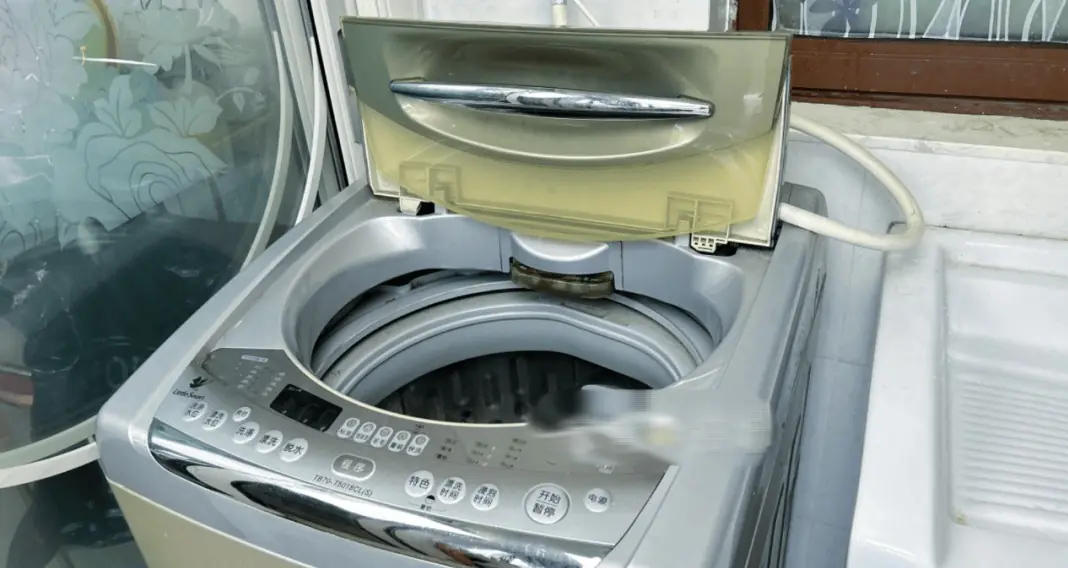
2 "hidden corners" of the washing machine that make clothes dirtier the more you wash them, 90% of people don't know

These 5 plants are the "nemesis" of formaldehyde: Swallow fine dust, purify air very well

8 habits to keep your kidneys healthy
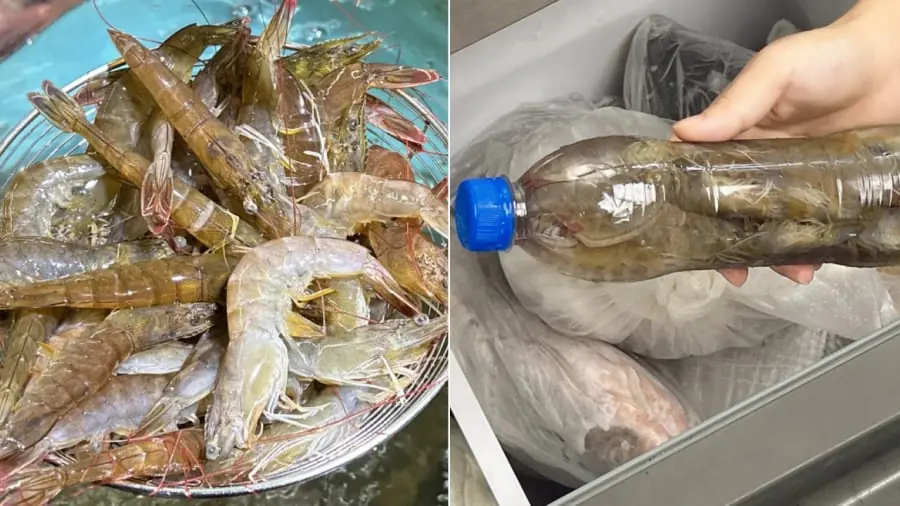
3 Smart Tips to Keep Shrimp Fresh for a Year—Still Firm, Sweet, and Delicious

4 taboos when defrosting food, know and avoid "inviting disaster"

How harmful is cooking oil for pets when used in food processing?
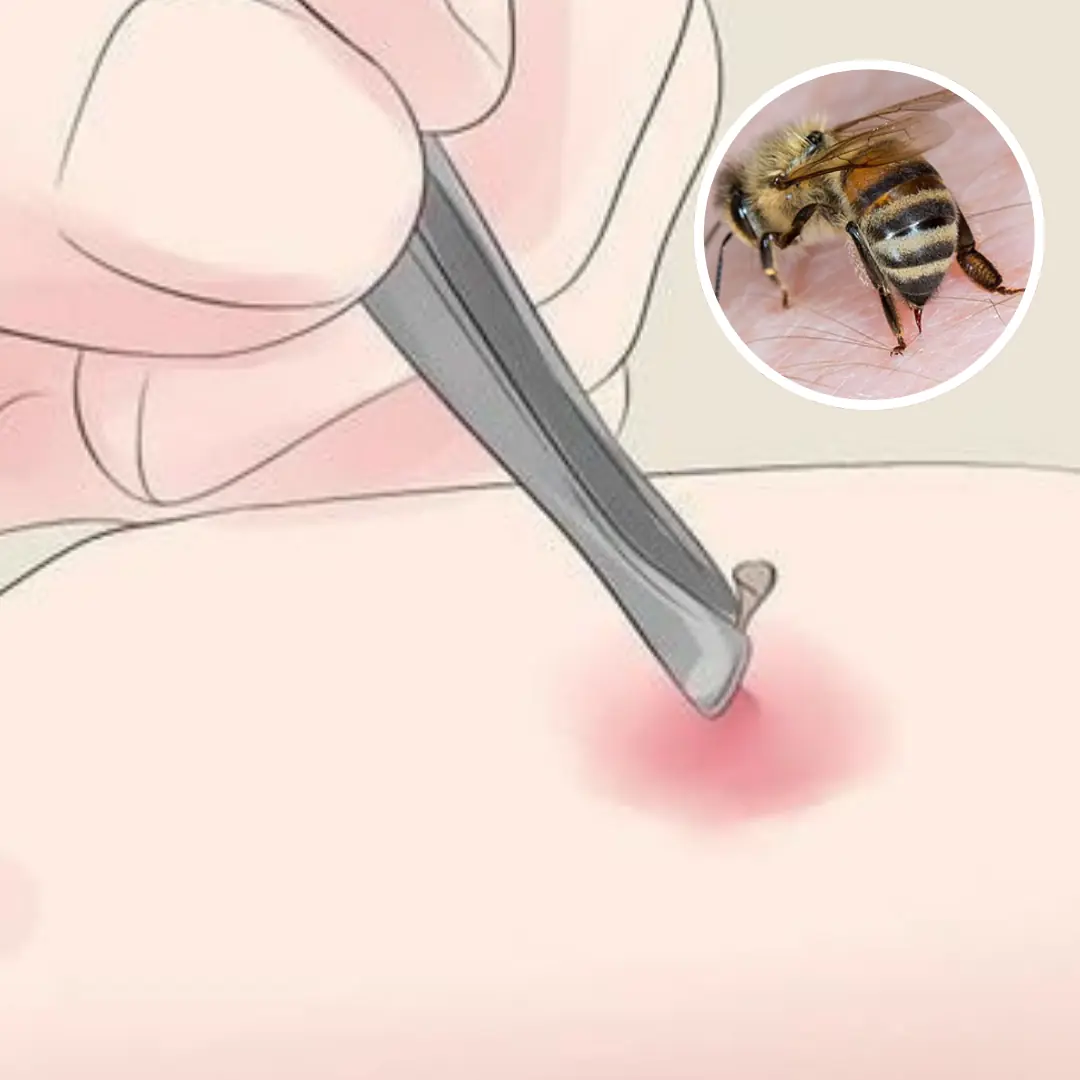
Is bee sting da.ng.erous and what is first aid?
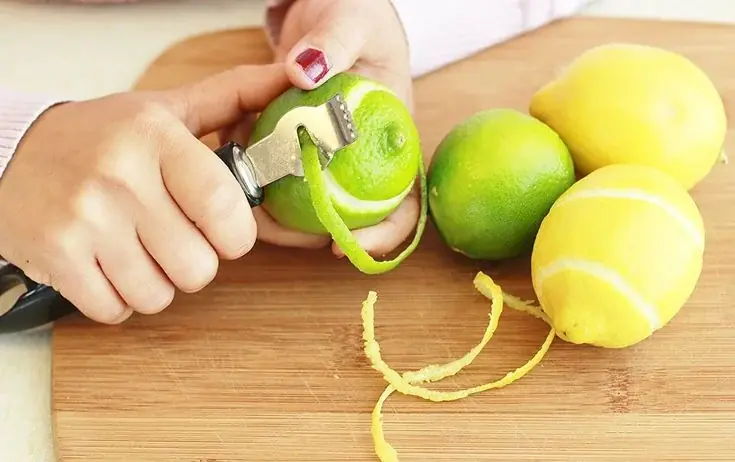
Don’t Throw Away Lemon Peels
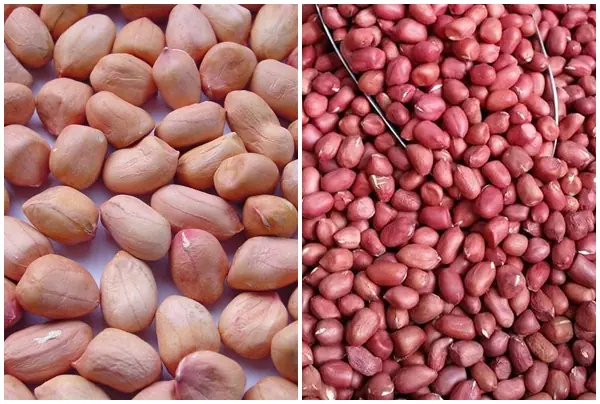
The difference between red peanuts and white peanuts
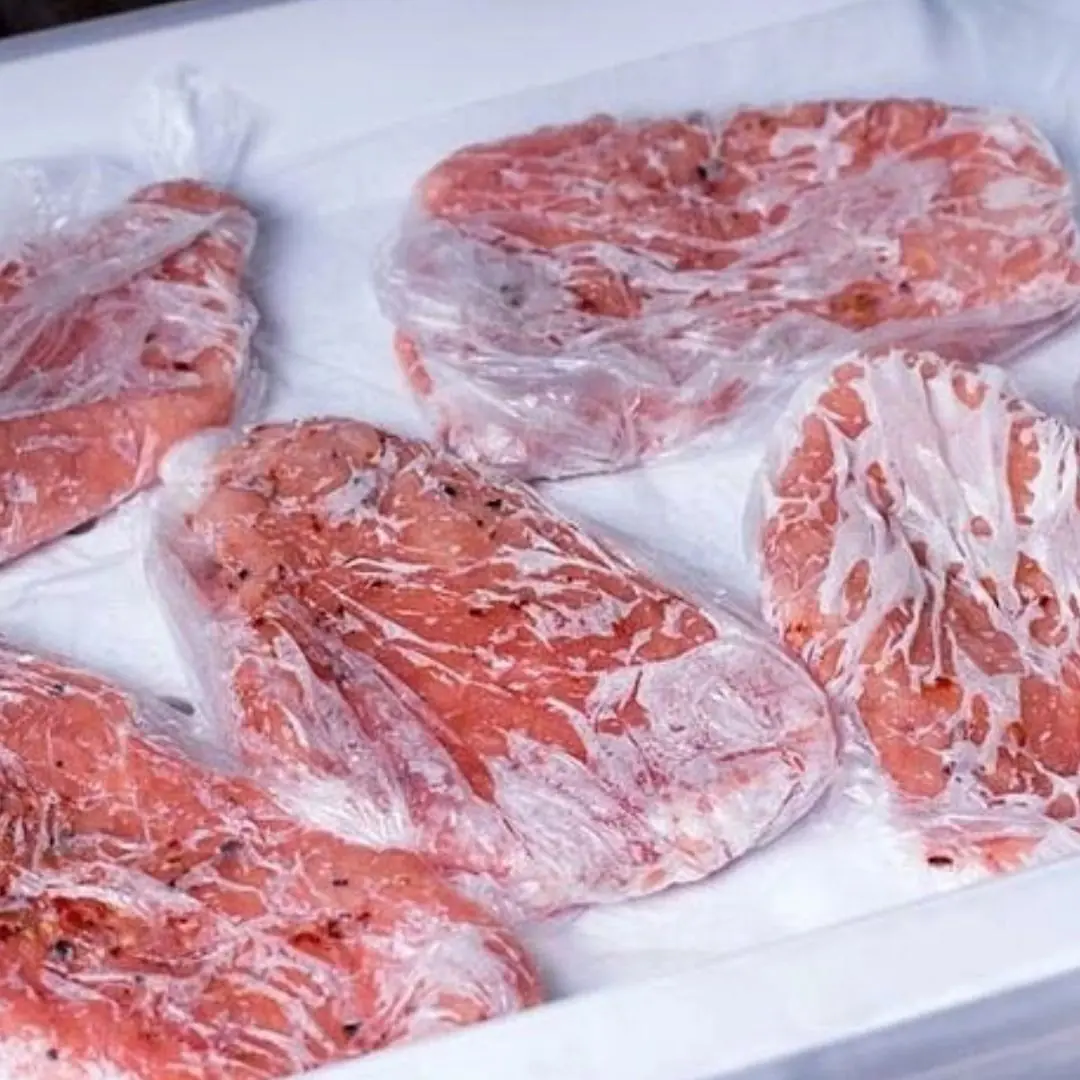
We have a habit of freezing meat and fish to eat gradually, so how long can frozen food be used to ensure safety and quality?
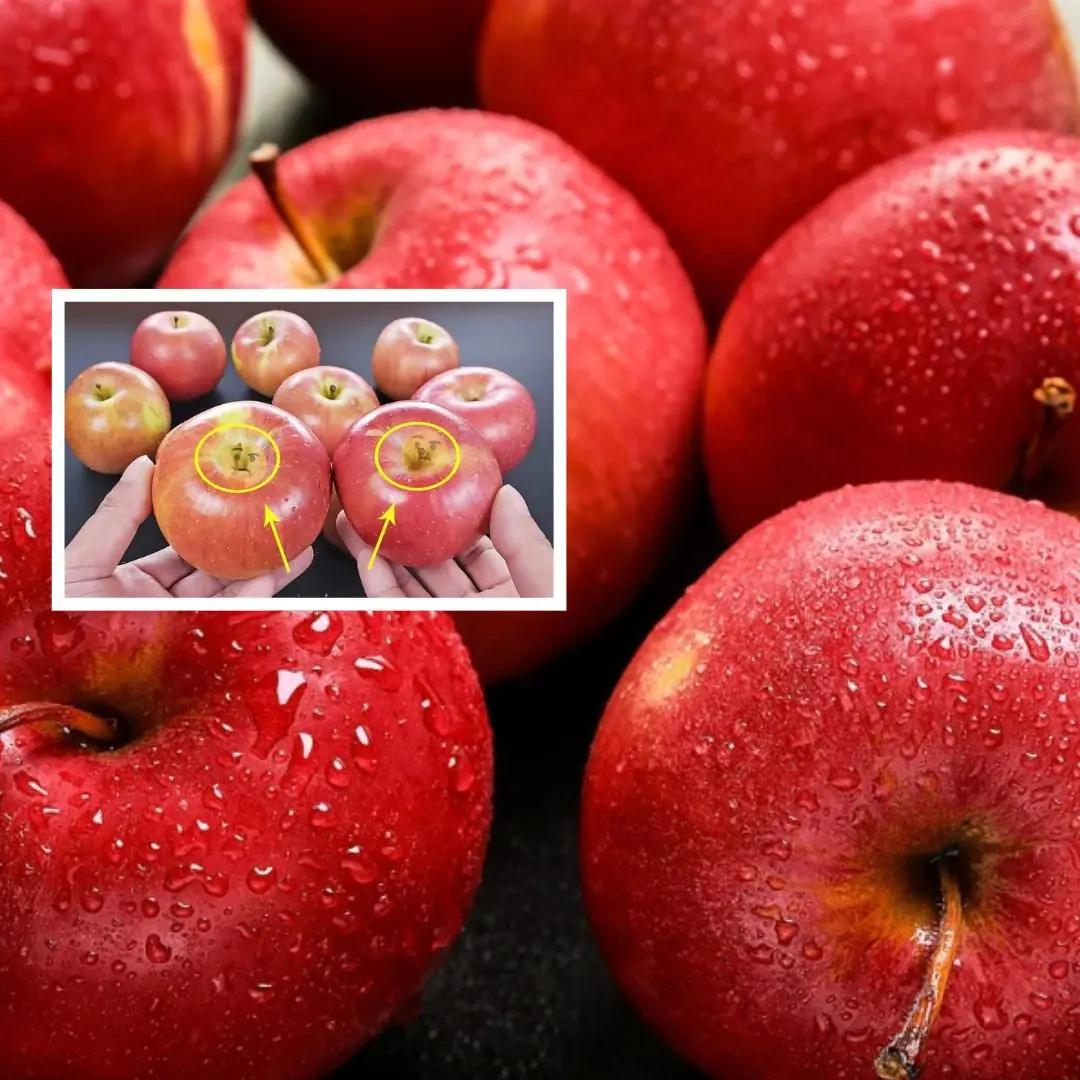
Want crisp, juicy, and delicious apples?

Ways to Maximize the Health Benefits of Cinnamon
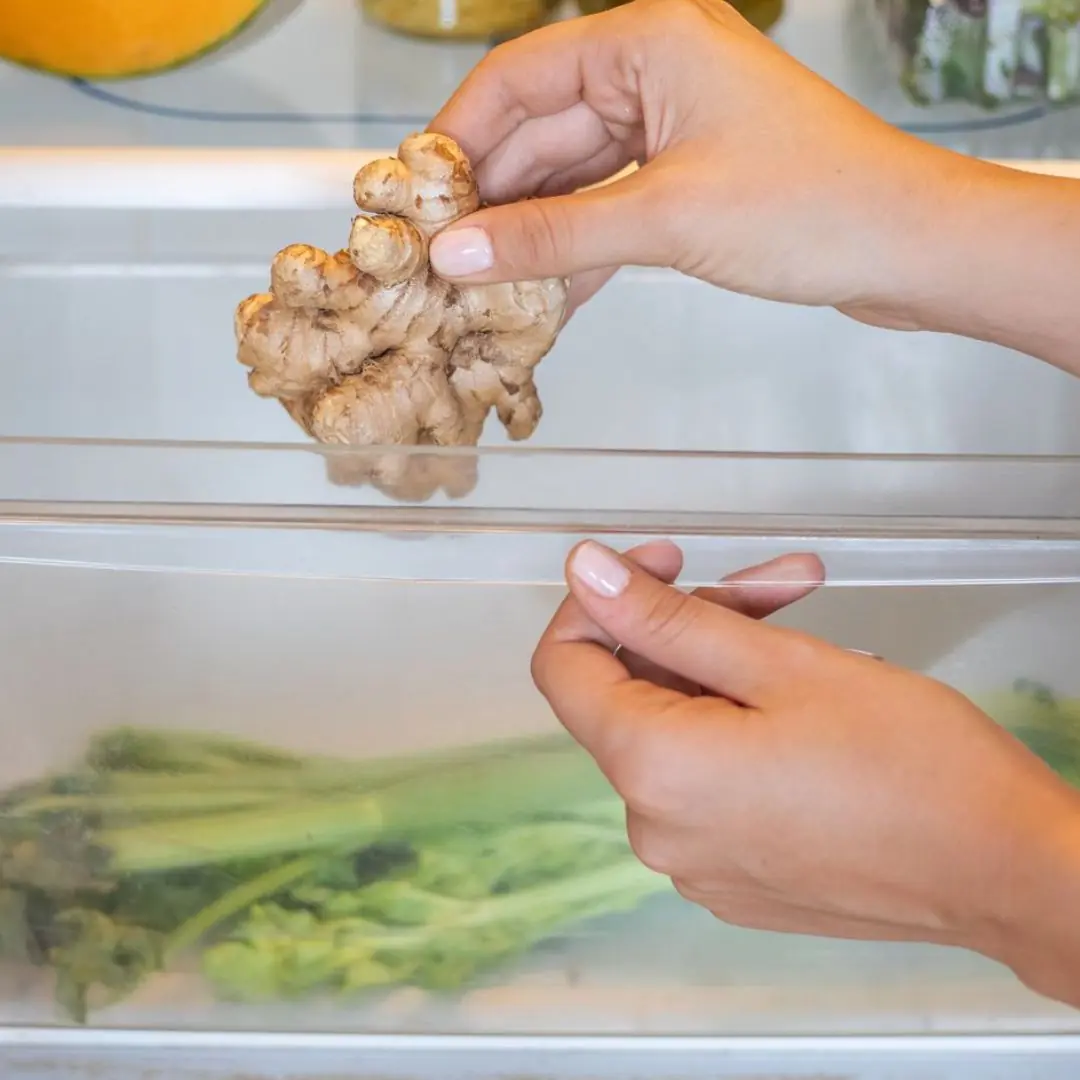
With just a few simple tips below, you can keep ginger fresh for up to 6 months, without refrigeration, without taking much time.
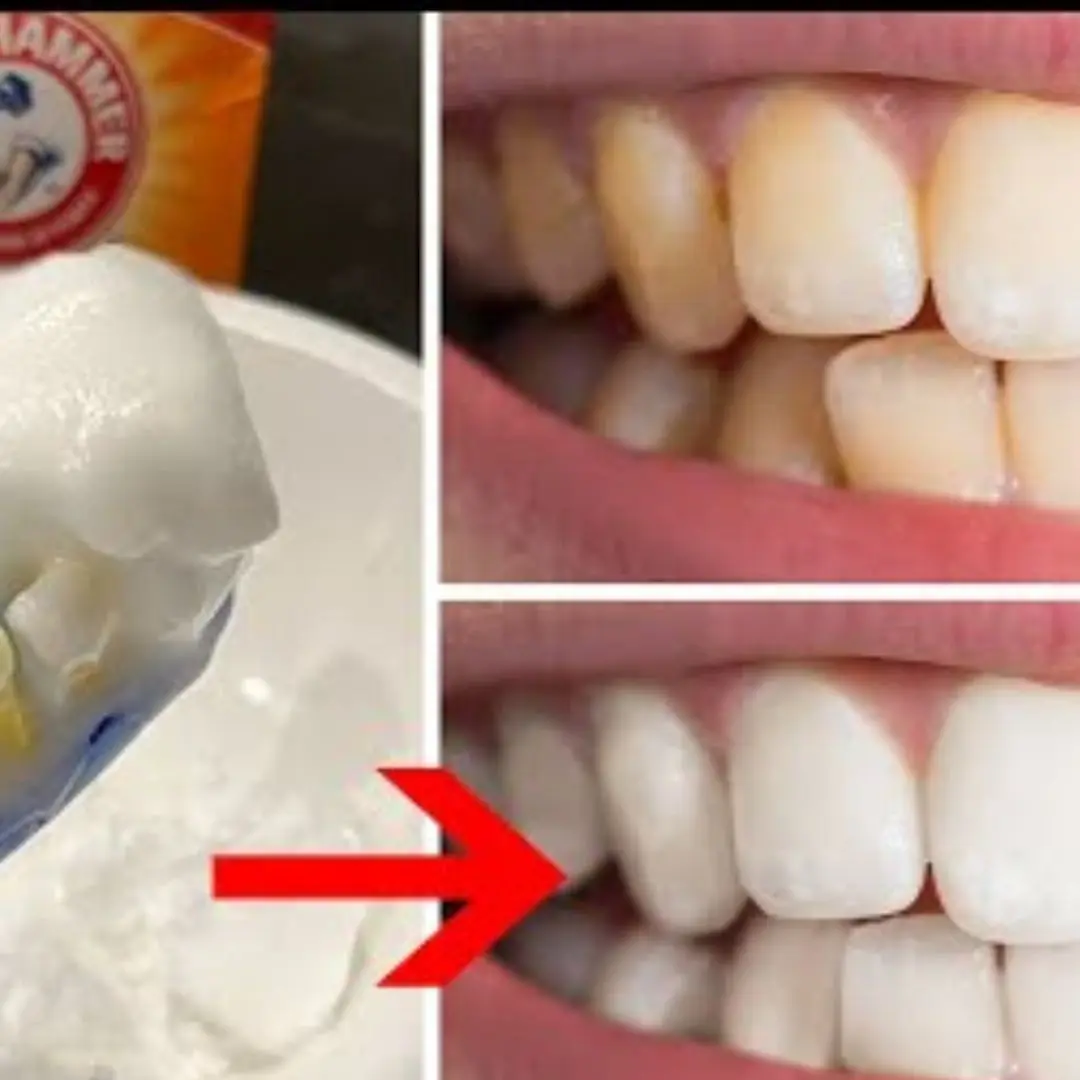
9 Natural Remedies For Teeth Whitening
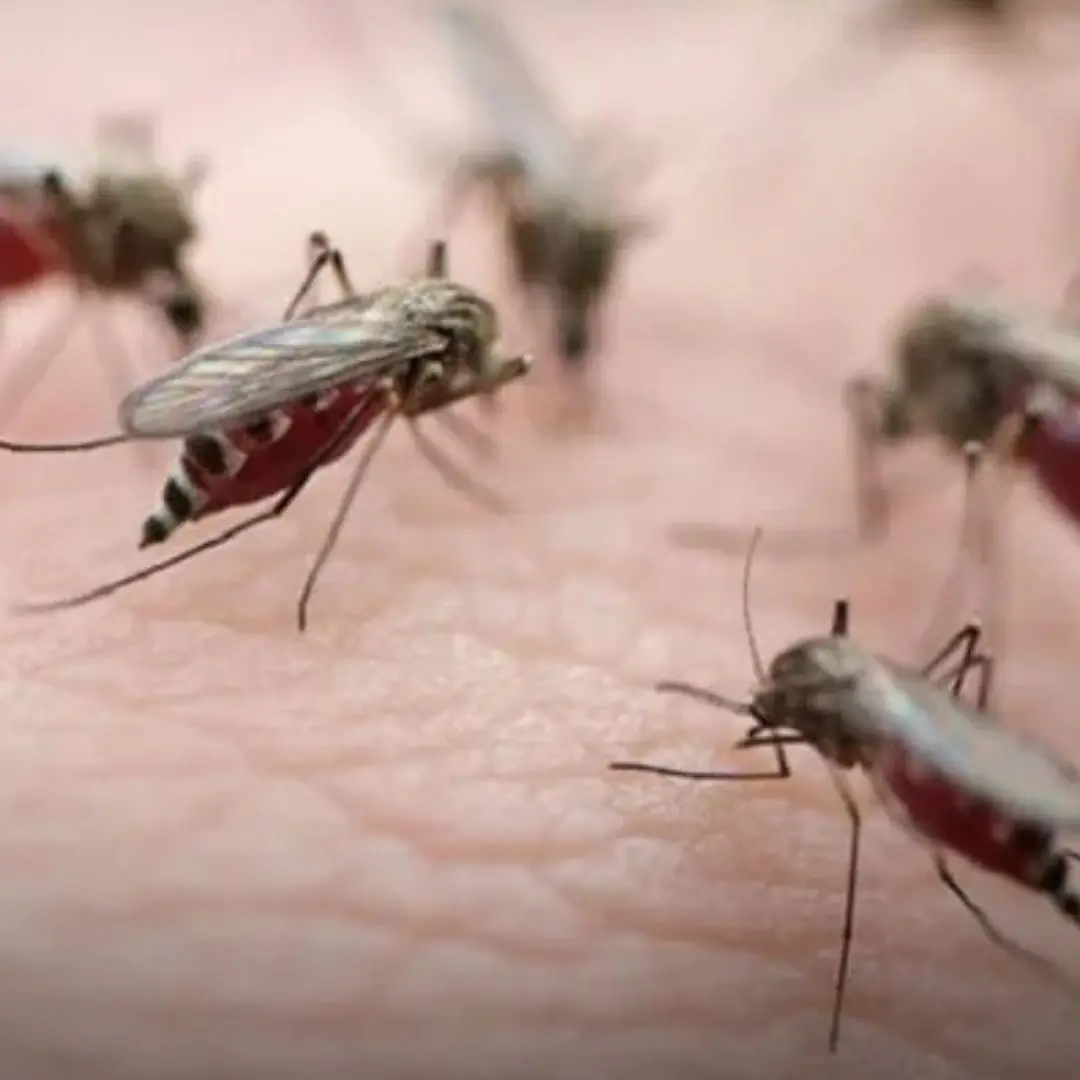
What is the lack of nutrients that causes frequent mosquito bites? How to effectively repel mosquitoes?
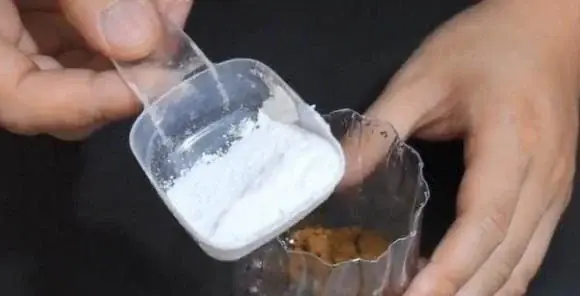
Try This DIY “Plastic Bottle Mosquito Trap” and Enjoy a Mosquito-Free Summer!
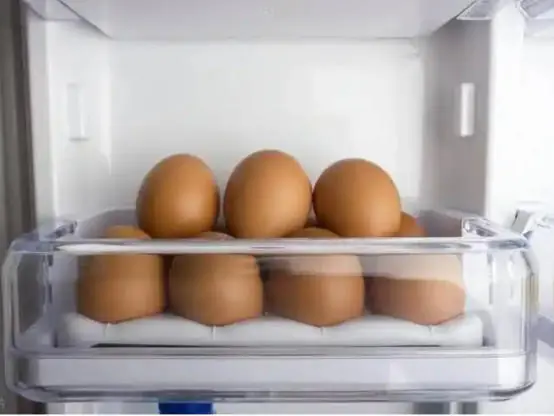
Be careful! Don't put these 5 things in the refrigerator anymore, they can become "invisible kil.lers"!
News Post

Woman Suddenly Suffers Kid.ney Failure After a Meal

5 Early Warning Signs Your Body May Be Signaling Can.cer — See a Doctor Before It’s Too Late

Why Dogs and Cats Often Hate Each Other—Most People Don’t Know This

4 Morning Habits That Increase Str.oke Risk—Avoid Them at Any Age

Smart Shoppers Avoid These 3 Types of Fish at the Market

2 Hidden Spots in Your Washing Machine That Make Clothes Dirtier

Not a snake, this is the "kil.ler" that can crawl out of your air conditioner

Doctors Discovered 6 Morning Habits Shared by Most Can.cer Patients

Who should not drink soy milk? 6 things to remember

Why do women grow a lot of hair on their fingers?

Understanding Vestibular Disorders: Causes, Symptoms, and How They're Treated

Symptoms of end stage kidney can,cer

20 Signs of Can.cer That Women Often Ignore
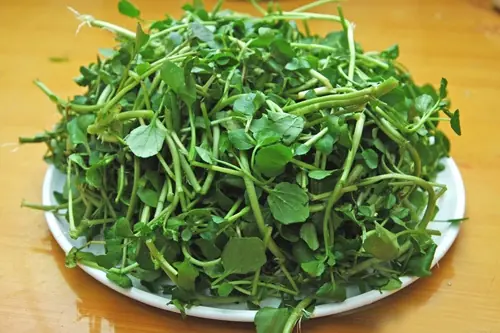
4 best vegetables to help prevent canc.er

Summer, how to choose the right naturally sweet ripe watermelon: No need to type, just look at one spot and you'll know right away

2 "hidden corners" of the washing machine that make clothes dirtier the more you wash them, 90% of people don't know

These 5 plants are the "nemesis" of formaldehyde: Swallow fine dust, purify air very well
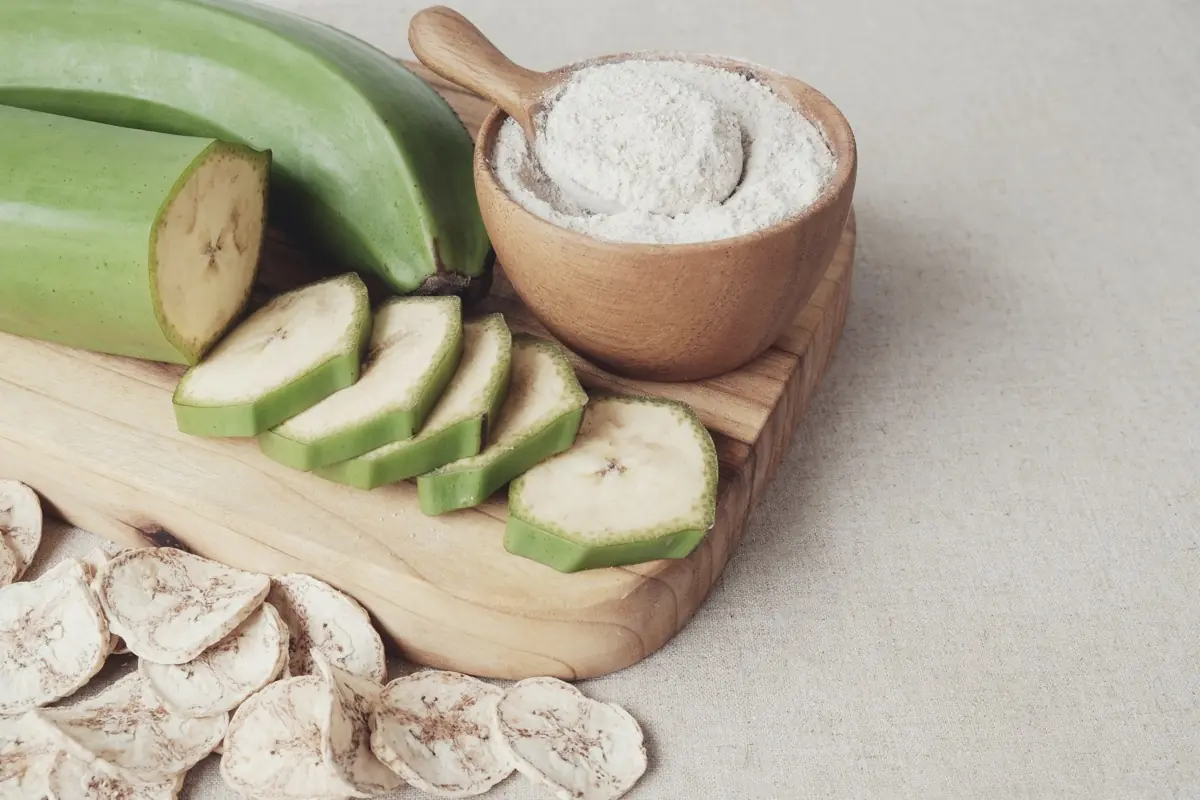
This fruit is extremely high in starch but helps reduce blood sugar and prevent 5 types of can.cer
